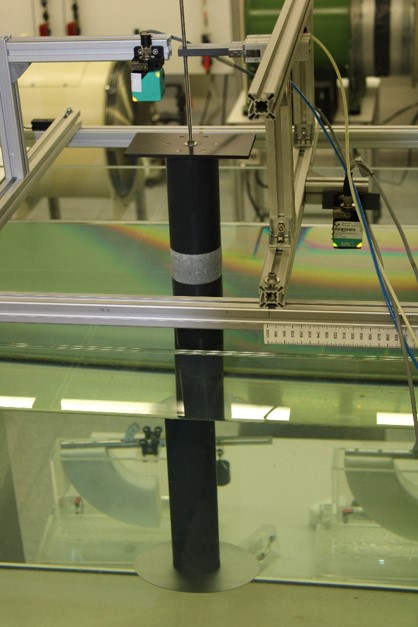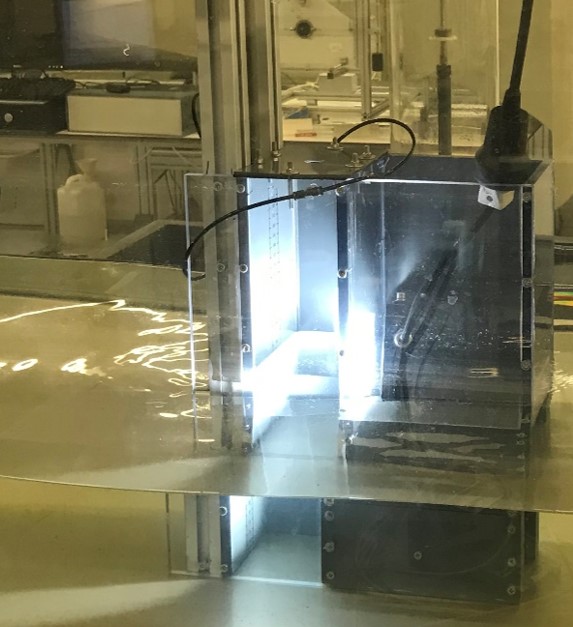RESEARCH PROFILE

RESEARCH LINE 1: Floating wind energy: This is a fledgling line for the group having worked on a MICROSOFT project in the AI for Earth programme, which relied on the application of artificial intelligence. The movement of the platform under wave action greatly affects the performance of the turbine, causing it to operate at sub-optimal angles to the wind and ultimately reducing the power output of the system and increasing its levelised cost of energy (LCOE). In our research, we propose a new coupled model to investigate the behaviour of the offshore wind turbine, the floating platform and its mooring lines, in the time domain. In this sense, the power of Microsoft's AZURE, together with the application of artificial intelligence in our studies, allows us to take into account all the variables that affect the system, from direction, period and height of waves, real wind speed (taking into account all its components and variability), the 6 degrees of freedom of the effect of the mooring lines, etc. Due to the high computational cost of a study of this type, the use of artificial intelligence when optimising the coupling of all the forces, as well as their training to be able to foresee different operating states, is vital for both academic and industrial interest in a tool of this type.

